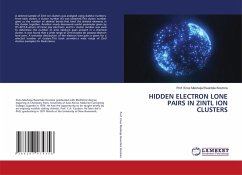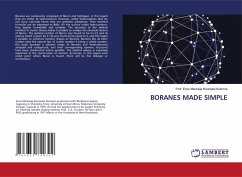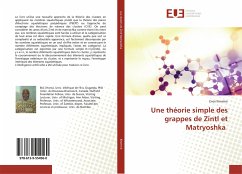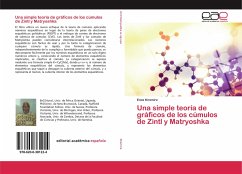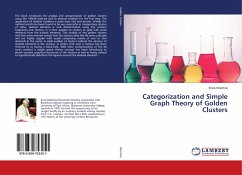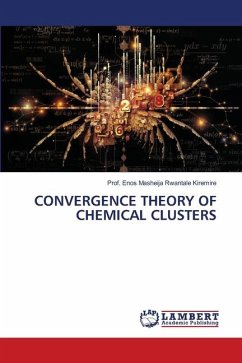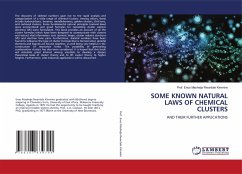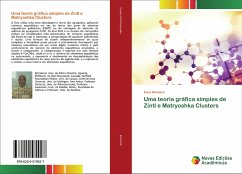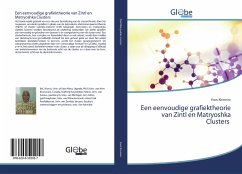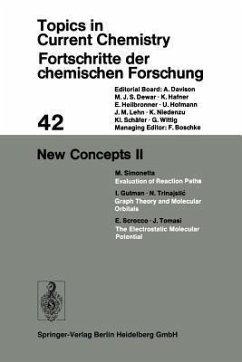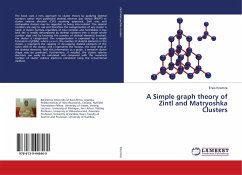
A Simple graph theory of Zintl and Matryoshka Clusters
Versandkostenfrei!
Versandfertig in 6-10 Tagen
36,99 €
inkl. MwSt.

PAYBACK Punkte
18 °P sammeln!
The book uses a new approach to cluster theory by applying skeletal numbers rather than polyhedral skeletal electron pair theory (PSEPT) or cluster valence electron (CVE) counting approach. Zintl ions and matryoshka clusters may be regarded as being inter-related. The skeletal numbers are easy to use and therefore the categorization of any cluster is rapid. A cluster formula regardless of how complex and formidable it may look like is readily decomposed by skeletal numbers into a single whole number digit and by knowing the number of skeletal elements involved, the cluster is categorized. The ...
The book uses a new approach to cluster theory by applying skeletal numbers rather than polyhedral skeletal electron pair theory (PSEPT) or cluster valence electron (CVE) counting approach. Zintl ions and matryoshka clusters may be regarded as being inter-related. The skeletal numbers are easy to use and therefore the categorization of any cluster is rapid. A cluster formula regardless of how complex and formidable it may look like is readily decomposed by skeletal numbers into a single whole number digit and by knowing the number of skeletal elements involved, the cluster is categorized. The categorization is expressed by a simple formula K=CyC[Mx], where y+x=n, the number of skeletal elements in the cluster, y represents the capping or de-capping skeletal elements of the outer shell of the cluster, and x represents the nucleus, the inner shell of the skeletal elements. With this information as a guide, a tentative cluster shape may be predicted. Furthermore, if needed, the cluster valence electrons can easily be calculated and compared with the numerical number of cluster valence electrons calculated using the conventional method.



